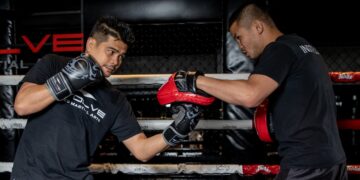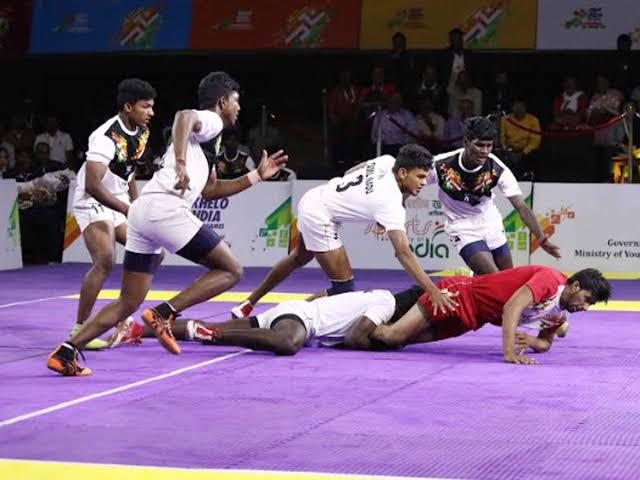Unstructured or more commonly known as ‘open’ sparring is a cornerstone of any martial art‘s fight preparation, and it’s the closest thing you can find in any gym to real competition. Structured sparring has its role since it allows you to drill specific fight scenarios until they become muscle memory, but it doesn’t remove the need for the beautiful chaos of unstructured sparring sessions.
Structured sparring is like cooking while following a recipe; unstructured sparring is like making a meal without all the necessary ingredients. It develops your ability to improvise and adapt to accomplish your goals.
Drills are the backbone of martial arts skill-building, and that will never change. Drills are the most effective way to master techniques by repeating them until they become instinctive for you.
However, competing as a martial artist requires much more than knowing how to perform techniques. That’s just the basics. You must also learn how to modify these techniques based on your opponent’s actions. Unstructured sparring allows you to work on your ability to improvise and problem-solve while someone is trying to take your head off.
This article will explore why tossing structure out the window can turn you into a more creative martial artist who easily adapts to any challenge you face on the mat.
Why Your Training Needs A Little Chaos
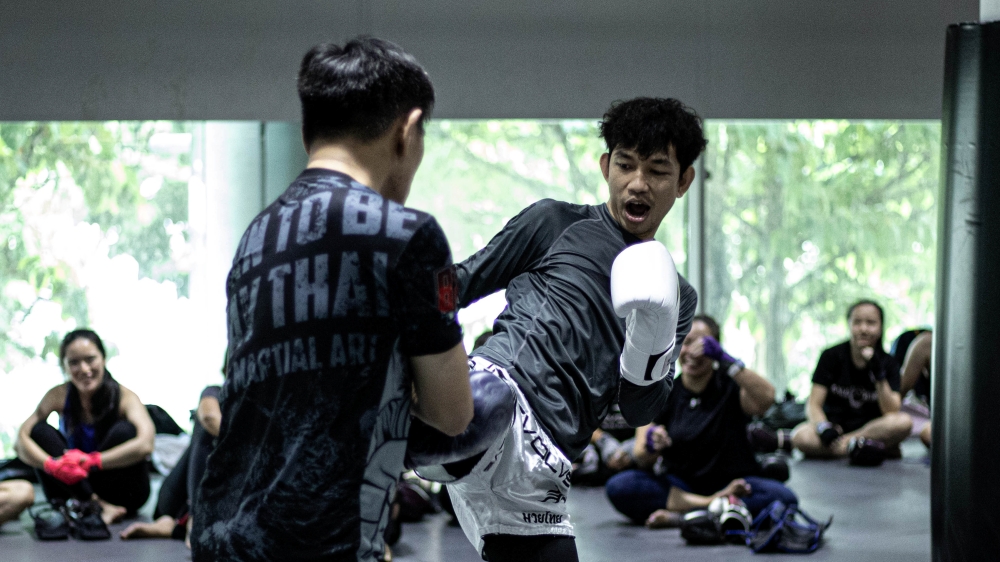
Unstructured sparring sharpens adaptability, teaching you to think on your feet and apply techniques in real-time—just like in real competition.
Unstructured sparring, commonly known as open sparring, is precisely what it sounds like—sparring without a predetermined focus. You’re not trying to work on one or two techniques. Your only goal is to dominate your training partner while they try to do the same thing.
You can look at structured and unstructured sparring as someone giving you lines to rehearse for a play and doing improv comedy, respectively. One teaches you how to repeat your lines, while the other teaches you how to think quickly and develop your own lines.
Real-world competition doesn’t follow a script, and being adaptable is one of the common traits successful fighters have. Structured drills improve your technique, while unstructured sparring teaches you how to execute techniques when it matters.
Drills Vs. Chaos: Why Both Are Equally Important For Fighters
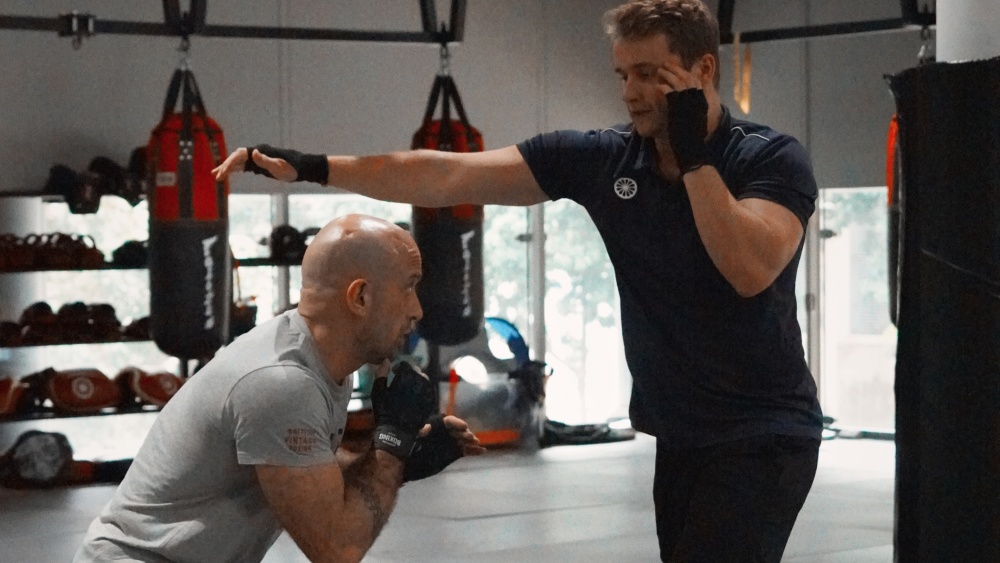
Drill-based training is essential, but incorporating open sparring helps test your skills in real fight scenarios.
Drill-based training is just as crucial as open sparring for martial artists. Drilling builds muscle memory, helps you improve techniques, and allows you to fail safely. Want to master the triangle choke? Drills are your best friend. The more you drill techniques, the better your ability to perform them becomes.
There’s just one problem. Drills alone aren’t enough to make you a competent fighter. A fighter who only performed structured drills might panic during the chaos of a real fight or match.
Mixing up techniques and scenarios improves motor learning more than only performing competitive drills. In other words, it doesn’t matter how quickly you can secure a triangle choke if you’ve never done it against anyone fully resisting.
The Sweet Spot
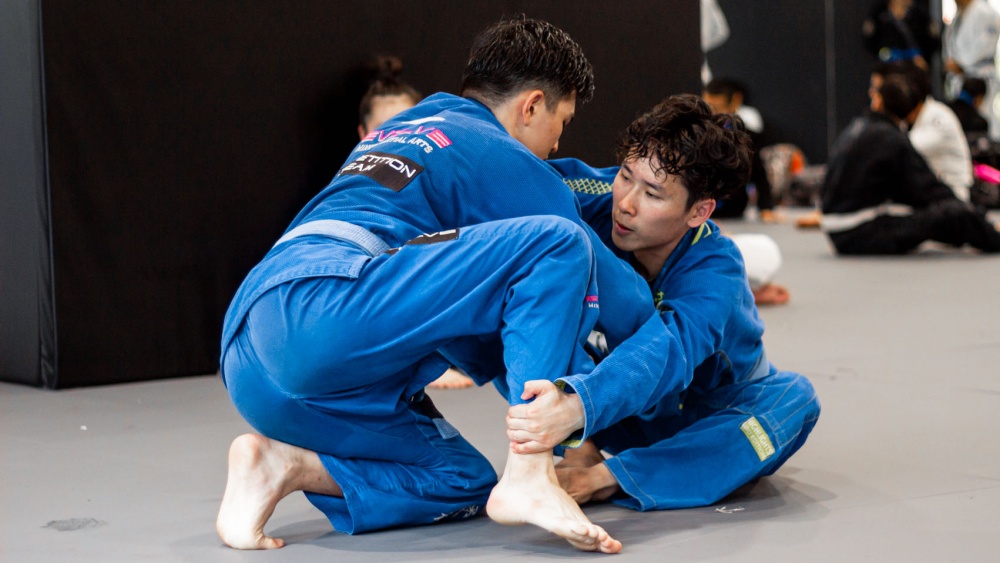
Students should ideally incorporate open sparring to test their skills and apply what they’ve learned in real fight scenarios.
Fighters should dedicate about 70% of their time training to performing drills to improve their techniques. The remaining 30% of their training time should be used for open sparring.
Look at unstructured sparring as the bridge between knowing how to perform a technique and learning how to execute it anywhere, anytime.
Spark Creativity
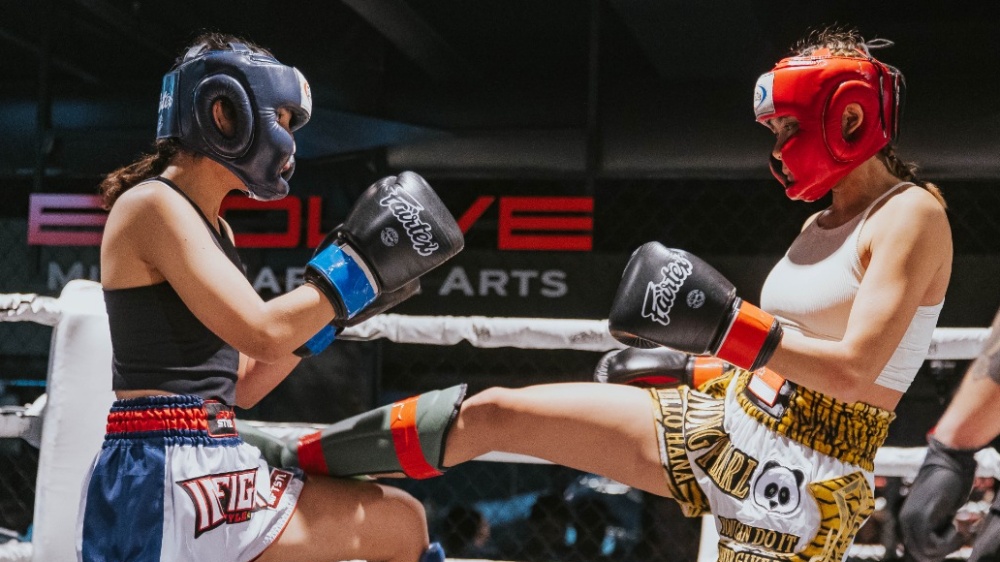
Unstructured sparring enhances creativity, problem-solving, and adaptability—helping you discover new techniques and stay composed under pressure.
Unstructured sparring forces you to improvise, often leading to chaining techniques in ways you’ve never thought of before. For example, many fighters don’t understand the importance of feints until they’ve sparred with someone excellent at using them. As a result, many fighters only incorporate feints after experiencing them firsthand in the ring.
Unstructured play boosts problem-solving, resilience, and the ability to remain calm under pressure. Have you ever wondered why Brazilian Jiu-Jitsu (BJJ) black belts seem to have endless submissions from the weirdest positions? It’s because they have years of experience adapting to unscripted scenarios when rolling.
Tip: You can make unstructured sparring more productive by creating constraints. For example, if you’re sparring MMA with a training partner, you know you can take down at will, try to keep most of the sparring session standing to challenge yourself.
Adapt Or Get Tapped
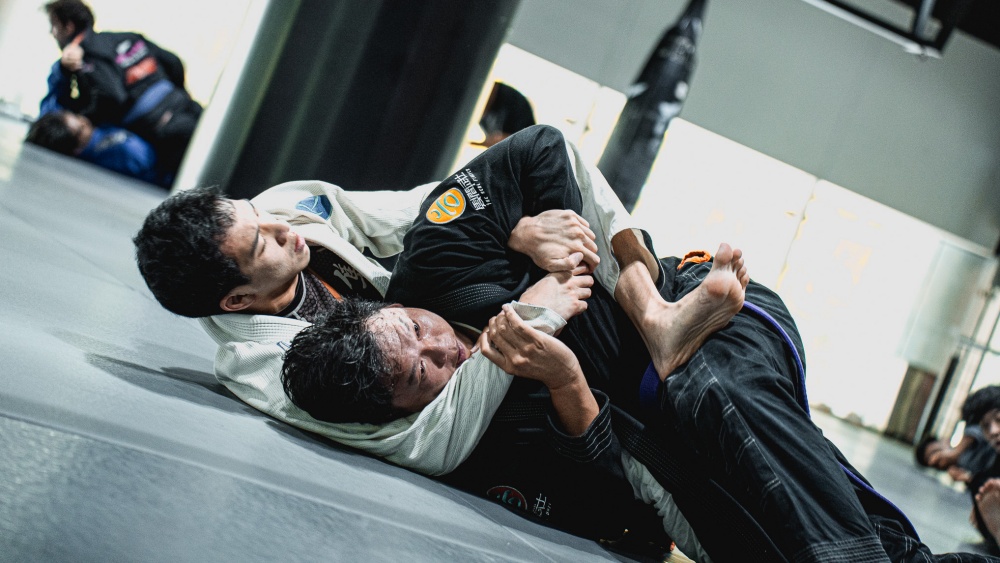
Open sparring builds adaptability and problem-solving skills, making you comfortable with discomfort—one reason grappling-based fighters thrive in MMA.
You always know what’s coming when performing structured drills. However, anticipating what happens during open sparring sessions isn’t as easy. For example, your training partner might be stronger than you expected or have extreme flexibility. Such obstacles force you to problem-solve on the fly.
That’s one of the reasons why fighters from grappling-based martial arts backgrounds like BJJ, Wrestling, and Sambo have dominated mixed martial arts since it was developed. These combat styles heavily promote open sparring, with nearly 30% of each training session dedicated to it.
As a result, fighters from such backgrounds become very comfortable applying techniques to opponents who are doing everything possible to escape. Getting comfortable with discomfort makes you harder to defeat.
True open sparring is rarer in striking styles like Muay Thai due to the potential risks of strikes like punches, kicks, elbows, and knees while sparring.
Problem-Solving Under Pressure
Open sparing forces you to make split-second decisions when fatigued. For example, you might have to choose between defending against a takedown or launching a counterattack while sparring. Some decisions will work out in your favor, while others won’t.
These high-pressure choices help to sharpen your fight IQ. Unpredictable training environments increase cognitive flexibility, which leads to better decision-making under stress.
How To Embrace The Beautiful Chaos Of Open Sparring
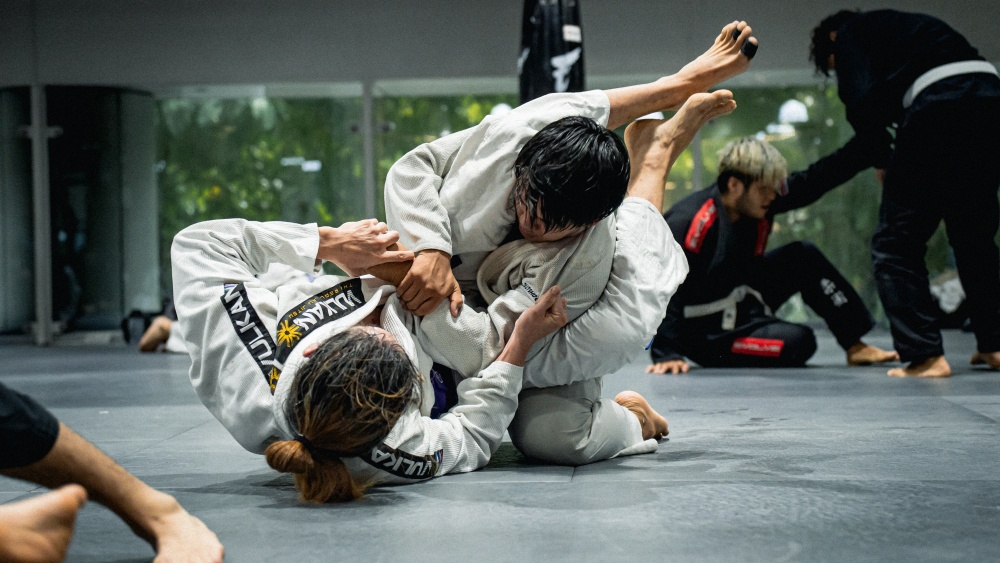
Always remember, even in unstructured or open sparring: set goals, communicate, and balance technique with the flow of sparring.
Just because a sparring session isn’t structured doesn’t mean it’s a free-for-all. Some steps that will make your training more productive include:
- Set Goals: Set goals like aiming to use more feints or stuffing all takedown attempts while sparring.
- Communicate: Talk to your training partner about how intense you want the sparring session to be. For example, strikers often spar only throwing at about 50% of their max power.
- Get Different Looks: Spar with anyone at your gym, from white to black belts. Variety keeps you sharp, and even lower belts can teach you a few things regardless of how skilled you are. You also want to become accustomed to dealing with different body types.
- Balance Drilling Techniques With Sparring: Both play essential roles in your development.
Conclusion
Unstructured sparring lets you pressure-test all the techniques you know, allowing you to determine what works for you and what doesn’t. Make it a regular part of your training, and your skills will improve exponentially.
You may also like:
The Martial Arts Parent: How To Support Your Child’s Journey
Aging is an inevitable part of life, but feeling old is optional. It’s time for a paradigm shift if you’ve hit the big 50 and feel your best years are beyond you. Martial arts training…
Have you ever heard that voice that says, “Maybe I should get my backside off the couch and do something cool?” MMA could be the fun new activity you’re looking for. No, training won’t turn…
Becoming a great fighter in martial arts requires more than strength, speed, or endurance—you must also be smart. While most martial artists typically aren’t viewed as the most cerebral members of society, there are clear…
So, your child wants to learn how to throw flying spinning kicks like one of the superheroes they see on TV? Welcome to the world of being a martial arts parent—a place where excitement is encouraged,…
Take a look at any martial arts competition, and it’s easy to understand why so many people believe the misconception that martial arts are the domain of athletic people. People notice that most martial artists…
A new year often brings a renewed sense of motivation to take on challenges and work toward self-improvement. One of the best ways to harness this energy is by stepping into the world of martial…
“Punch a black belt in the face; he becomes a brown belt. Punch him again, purple…” These are the words of Carlson Gracie, one of the pioneers of mixed martial arts. Playing guard in Brazilian…
Boxing is often perceived as an offensive sport where speed, power, and aggression dictate success. While true in certain aspects, at its highest levels, boxing is just as much about defense and control as it…
Brazilian Jiu-Jitsu is widely recognized for its physical benefits, such as improved strength, flexibility, and endurance. However, beyond its physical aspects, BJJ also provides significant mental health benefits. In today’s fast-paced world, many people struggle…
We get it. Sweating it out at your favorite boxing gym in Singapore is a lot of fun, but sometimes you also want to enjoy nature at a slow pace. So whether you’ve been boxing,…
Brazilian Jiu-Jitsu is a constantly evolving martial art that rewards those who explore new positions and attacking strategies. The arm saddle is one of the more advanced yet highly effective positions that have gained recognition…
Brazilian Jiu-Jitsu is a constantly evolving martial art. Over the years, practitioners have continually searched for ways to improve their ability to control, sweep, and submit opponents. Among the many guard variations available, the shin-to-shin…






